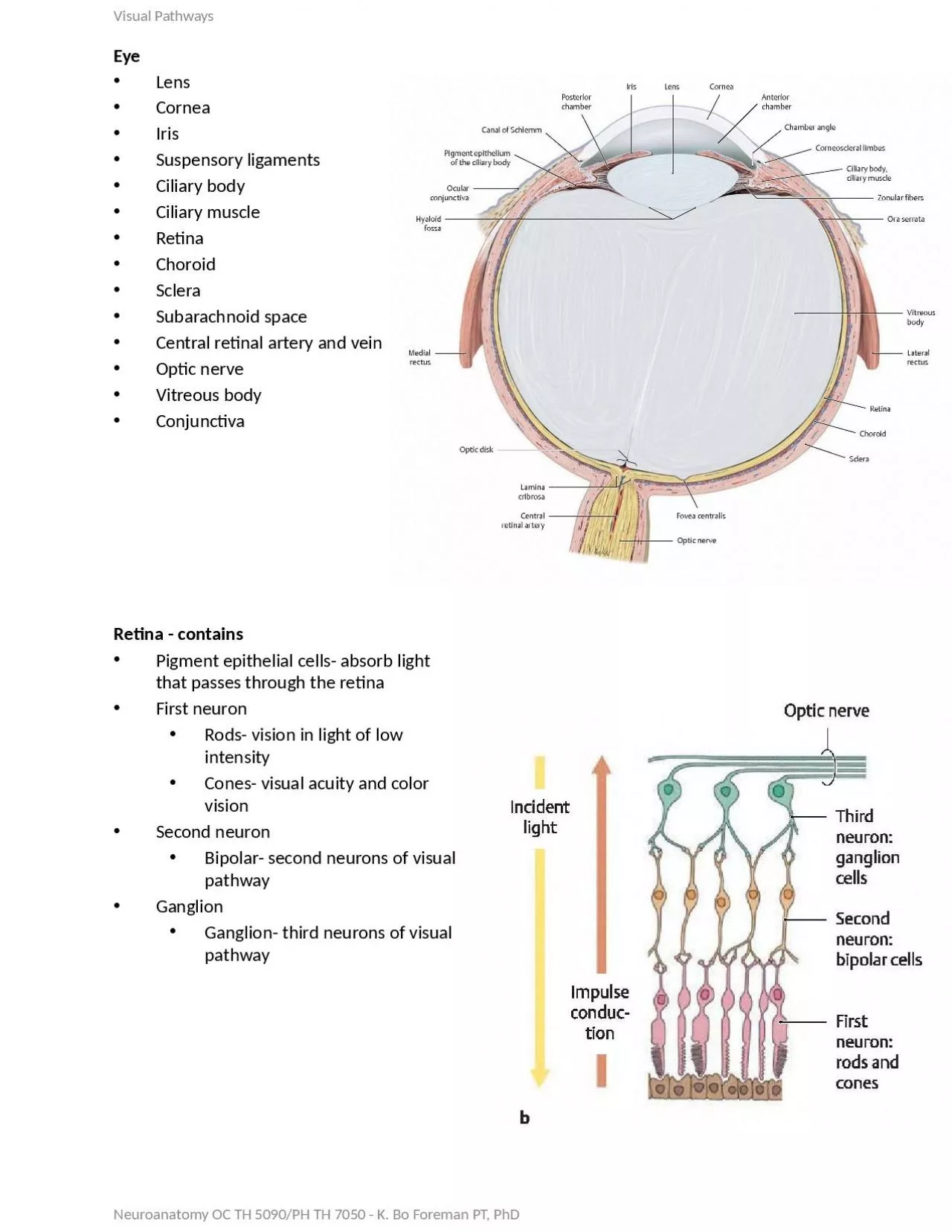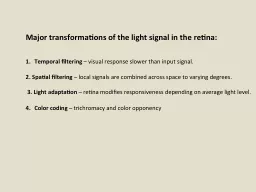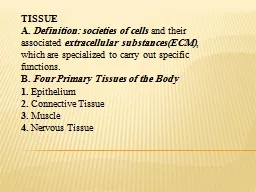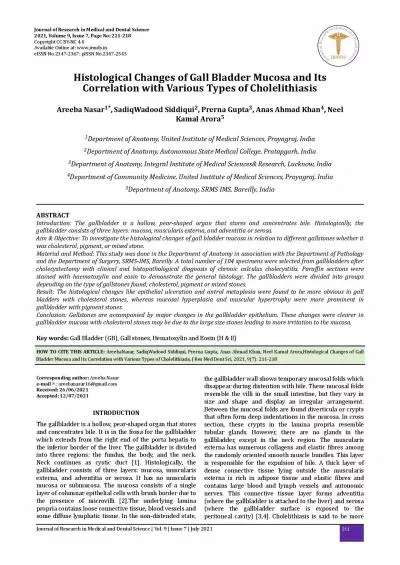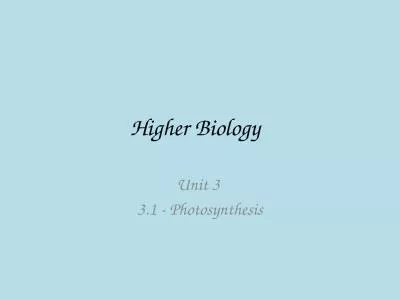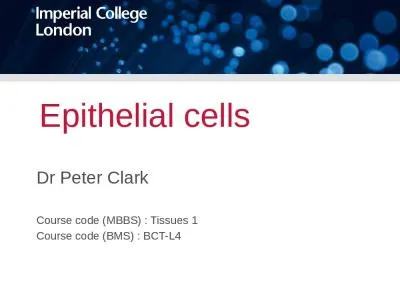PPT-Retina - contains Pigment epithelial cells- absorb light that passes through the retina
Author : samantha | Published Date : 2024-01-29
First neuron Rods vision in light of low intensity Cones visual acuity and color vision Second neuron Bipolar second neurons of visual pathway Ganglion Ganglion
Presentation Embed Code
Download Presentation
Download Presentation The PPT/PDF document "Retina - contains Pigment epithelial cel..." is the property of its rightful owner. Permission is granted to download and print the materials on this website for personal, non-commercial use only, and to display it on your personal computer provided you do not modify the materials and that you retain all copyright notices contained in the materials. By downloading content from our website, you accept the terms of this agreement.
Retina - contains Pigment epithelial cells- absorb light that passes through the retina: Transcript
Download Rules Of Document
"Retina - contains Pigment epithelial cells- absorb light that passes through the retina"The content belongs to its owner. You may download and print it for personal use, without modification, and keep all copyright notices. By downloading, you agree to these terms.
Related Documents

